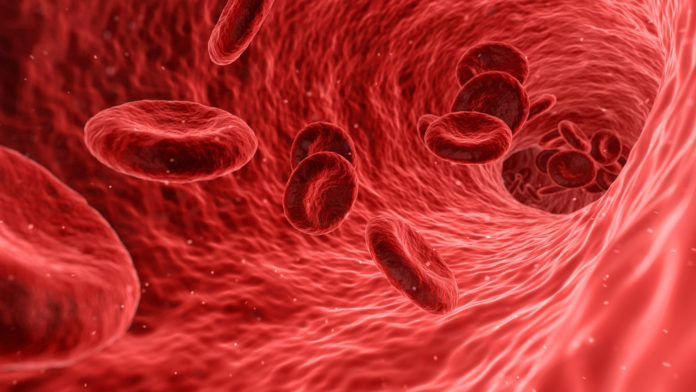Hemodialysis can add years to the lives of people with end-stage kidney failure. For the millions of people who are waiting for a transplant or don’t qualify for one, a hemodialysis machine can help them filter out waste and excess fluid from the blood by passing it over a membrane. But it is still not a perfect substitute for having a healthy kidney.
The process requires specialized equipment that can often only be accessed in urban clinics, requiring patients to travel multiple times a week and be tethered to the machine for hours at a time. And when blood comes in contact with the hemodialysis membrane, unwanted biochemical reactions can happen, triggering inflammation and the release of toxins into the blood. Complications like blood clots, anemia, cardiac arrest or heart inflammation, bone diseases, sleep problems, infections, and more are all possible side effects.
So what if patients could clean their blood with a wearable artificial kidney?
That’s the ultimate goal for Amira Abdelrasoul, associate professor of engineering at the University of Saskatchewan. It’s an idea similar in concept to a wearable pancreas for people with diabetes, where a continuous blood-glucose sensor and insulin pump can be worn to automate precise and responsive control of insulin delivery around the clock.
Getting to a wearable kidney requires the development of much better dialysis membranes, not only to reduce complications but also to miniaturize the technology into a portable form factor.
Designing better membranes starts with a deep understanding of their interactions with blood. Most imaging techniques only allow researchers to see what’s happening at the top of the membrane, but synchrotron light is much more powerful. To tap into this potential, Abdelrasoul is partnering with Canadian Light Source.
Molecules absorb and emit light in a characteristic way, and having access to synchrotron facilities has allowed Abdelrasoul to visualize blood protein deposition inside hemodialysis membrane channels as it’s happening. Protein deposition is linked to whether patients are likely to experience severe side effects.
That molecular level of monitoring has yielded insight into how membrane characteristics like material composition and pore size affect patient outcomes. Abdelrasoul also looked at how different membranes interact with blood from different patients, which can help healthcare providers make personalized recommendations based on age, sex, gender, race, and medical history.
The data also enable mathematical modeling to help her team design new membranes that give better filtration and fewer unwanted biochemical interactions.
All of this is leading to inventions that can allow patients to live fuller and longer lives. A wearable kidney would let patients feel more healthy and active, and they could reclaim the time currently spent in transit or connected to a large machine in a hospital or clinic. This is especially important for people living in rural and Indigenous communities, who would have more equitable access to care no matter where they live.
This work has brought together a diverse team of engineers, material scientists, clinicians, social workers, psychologists, and patient advocates, ensuring that the future looks bright for patient-centered innovations in hemodialysis.








































